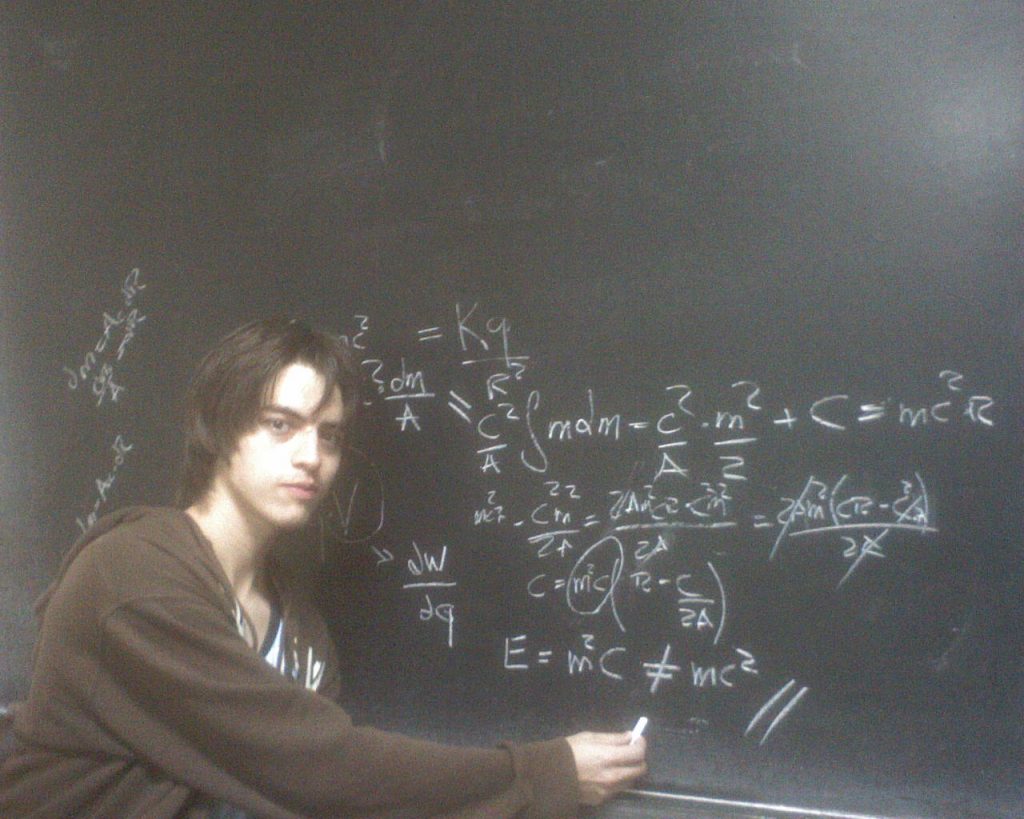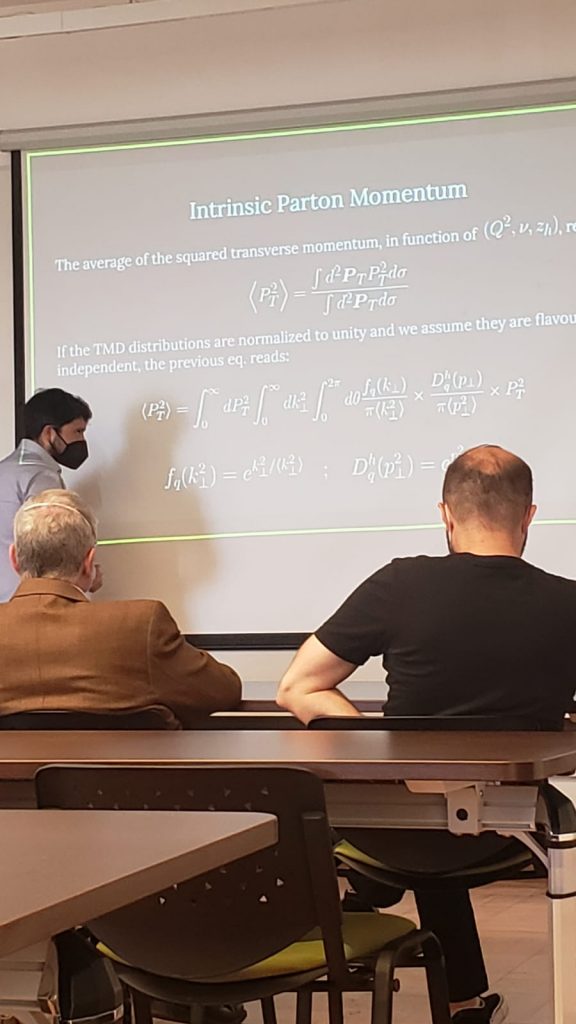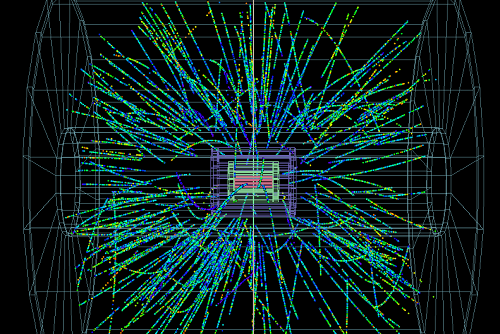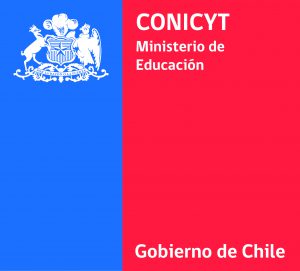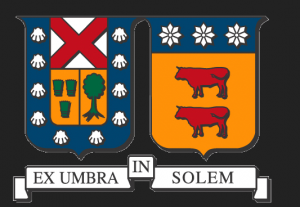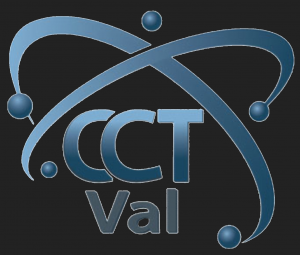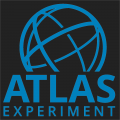ATLAS WINTER CONFERENCES
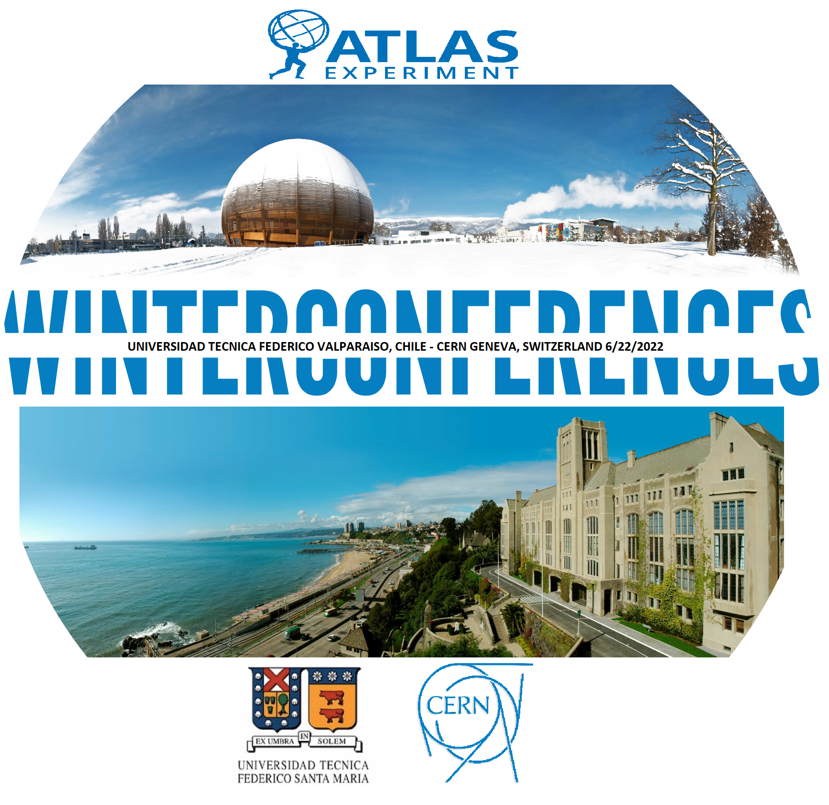 The second part of the The winter conference season is in full swing! 2022 marks the return of full auditoriums and coffee-break chats following UTFSM’s winter break, as one of the most prestiguos universities in Valparaiso welcomes participants to participate presencially or online in the next round of conferences about the ATLAS experiment results regarding LHC Run 2 dataset. These will be the first large-scale, particle physics conferences in Chile to be held in person in the COVID era – reuniting experimentalists and theorists after almost two years of virtual meetings.
The second part of the The winter conference season is in full swing! 2022 marks the return of full auditoriums and coffee-break chats following UTFSM’s winter break, as one of the most prestiguos universities in Valparaiso welcomes participants to participate presencially or online in the next round of conferences about the ATLAS experiment results regarding LHC Run 2 dataset. These will be the first large-scale, particle physics conferences in Chile to be held in person in the COVID era – reuniting experimentalists and theorists after almost two years of virtual meetings.
The conference will begin on Wednesday 22 July, with talks given both in Chile as in Switzerland. ATLAS Collaboration members will be in attendance throughout, presenting a feast of physics results based on the full LHC Run 2 dataset (recorded 2015–2018).
As researchers cast their lines into the pool of Run 2 data, they are using ever-more creative bait to lure out rare phenomena. Throughout the conferences, ATLAS scientists will share what they’ve pulled to the surface, including first-of-a-kind observations of Standard Model processes and the most recent insights in the search for new physics.
Key results will be explored in physics briefings, with many more presented in conference talks. Explore all of the latest ATLAS results in the links below, which will be updated continuously throughout the course of the year.
Email contact: david.felipe.kouyoumdjian@cern.ch
Place: Aula Magna, UTFSM. Avenida España 1680
Time: 22/6/2022, 08:30 (GMT-3)
This year, as part of the initiative to incorporate Web3 technologies from the Computer Science Department of UTFSM, POAPS will be given to the 200 first attendees who also attended the first conference. More info on: https://poap.xyz/faqs

